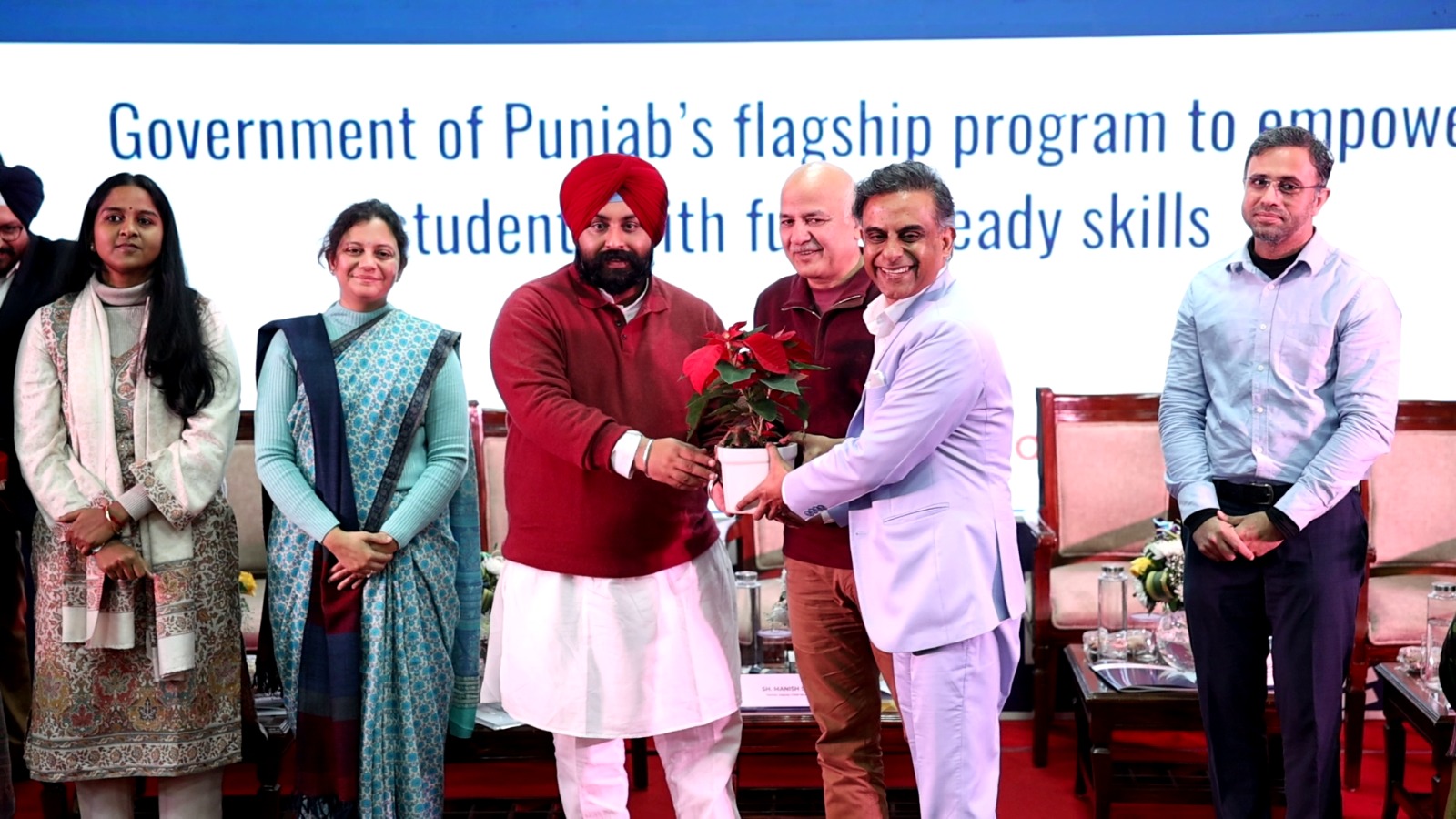Listen To This Post
During interrogation, Dr Mujammil Shakeel—trained in Afghanistan—revealed he was an alumnus of Al-Falah University. Investigators initially treated it as an isolated coincidence until a confidential Special Cell report unearthed another chilling link: Mirza Shadab Beg, wanted for his role in at least five major terror attacks across Delhi, Jaipur, Ahmedabad, Surat and Gorakhpur, was also an Al-Falah engineering graduate in 2007.
New Delhi/Faridabad/ Thenewsdose.com Investigation Team
Faridabad’s Al-Falah University, once marketed as a promising centre for engineering and medical education, is today at the heart of one of India’s most unsettling terror investigations. The trigger came when Delhi Police Special Cell arrested Dr Mujammil Shakeel for the 10 October 2025 blast near Delhi’s Red Fort.
During interrogation, Shakeel—trained in Afghanistan—revealed he was an alumnus of Al-Falah University. Investigators initially treated it as an isolated coincidence until a confidential Special Cell report unearthed another chilling link: Mirza Shadab Beg, wanted for his role in at least five major terror attacks across Delhi, Jaipur, Ahmedabad, Surat and Gorakhpur, was also an Al-Falah engineering graduate in 2007. Two individuals, separated by 18 years and connected by the same campus, forced agencies to confront the possibility that the university had not just failed to regulate itself, but had become a recruitment ground for radical networks.
As agencies began probing deeper, they found that Beg, an Azamgarh native and a senior Indian Mujahideen operative, had leveraged his background in instrumentation engineering to design and assemble IEDs. He procured detonators and ball bearings for the May 2008 Jaipur serial blasts, conducted reconnaissance and provided logistics for the Ahmedabad and Surat blasts, and was involved in the 2007 Gorakhpur serial explosions. His last known location was Afghanistan in 2019, and intelligence records showed he played a central role in radicalising fresh recruits. When investigators realised that the 2025 Delhi blast accused Shakeel—also an Al-Falah alumnus—had similarly travelled to Afghanistan for “training,” the Afghanistan–Al-Falah connection stopped looking coincidental.
A Systemic Intelligence Failure in Haryana
The Al-Falah revelations have triggered uncomfortable questions about Haryana’s intelligence and policing failures. Senior officers privately admit they never anticipated a private university, located within the National Capital Region, to become a haven for extremist recruitment. Masses of students had enrolled from Kashmir, Mewat, Azamgarh, and other high-risk districts. Yet, there was no profiling system, no watchlist mechanism, and virtually no coordination among local police, intelligence agencies, and campus authorities.
Private universities, unlike state or central institutions, remain in a grey zone in terms of oversight, with limited academic oversight and no structured intelligence presence. Hostels—often the first venues for ideological indoctrination—were treated as private spaces beyond routine monitoring. This made it possible for radical preachers, extremist sympathisers and operatives on the run to establish ideological circles over the years freely.
The red flags existed long before 2025. Beg’s involvement in large-scale blasts had already emerged back in 2007–08, yet no retrospective institutional scrutiny of Al-Falah ever took place. Dr Shakeel’s visit to Afghanistan did not trigger any alerts. Informal religious gatherings, radical discourse sessions and clandestine meetings continued undetected inside hostel rooms and the campus mosque. A senior retired intelligence official remarks that Haryana’s failure to build a Punjab-style campus-intelligence network—complete with informants, routine hostel checks, and student profiling—created a gaping security blind spot that extremist operatives exploited for years.
A University Built on Fraud and Collapsing Oversight
While counter-terror operations intensified, parallel investigations by the ED unearthed a second chain of crimes: widespread academic and financial fraud. Al-Falah University had falsely claimed NAAC accreditation and misrepresented its eligibility under UGC’s 12(B) category, misleading thousands of students and their families.
According to FIRs filed by the Delhi Police Crime Branch, the institution had been collecting massive sums of money through false claims, operating programs without proper authorisation, and shielding itself behind the Al-Falah Charitable Trust, established in 1995 and controlled by its chairman, Jawad Ahmed Siddiqui. ED arrested Siddiqui under PMLA, stating that the university’s opaque financial structures and fraudulent accreditation practices may have helped conceal illicit transactions that went unmonitored for years.
The university began as Al-Falah School of Engineering and Technology before gaining university status in 2014. Its engineering wing produced its last batch in 2022, after which it pivoted entirely to medical education. The 70-acre campus—with hostels, labs and a newly inaugurated hospital—was meant to represent upward mobility for minority communities. Instead, investigators now believe that for nearly two decades, its loose structure and weak governance created fertile ground for radical networks.
The Kashmir Poster That Blew Open the Case
The breakthrough arrived unexpectedly from Kashmir. On 19 October 2025, a Jaish-e-Mohammed poster surfaced in Nowgam. Jammu & Kashmir Police arrested a local imam, Moulvi Irfan Ahmed, whose interrogation led investigators straight to Al-Falah University’s campus mosque. This single link opened the floodgates. The terror module operating from Faridabad began to unravel, leading to arrests of Dr Mujammil Shakeel, Dr Shaheen Saeed, campus imam Moulvi Istiyaq, chairman Jawad Ahmed Siddiqui, lab assistant Bashid, electrician Shoaib, and the placing of several others—including the wife and MBBS-student daughter of a radical-linked doctor—under house arrest. More than 70 individuals have been questioned so far.
What disturbed investigators most was the ecosystem: doctors, faculty, technicians, and clerics, all connected by the same institution. Terror networks rarely survive without such diverse support structures. At Al-Falah, those structures existed in the open, hidden behind the façade of an educational institution that enjoyed minimal oversight from the State.
A Wake-Up Call for Security Mechanisms
The Al-Falah University case has now become a national cautionary tale. It highlights how radicalisation does not always breed in remote hideouts or conflict zones; sometimes it grows silently in classrooms, hostels, and laboratories meant to nurture the nation’s future. The government now faces the dual challenge of cleaning up the institution while protecting the academic futures of its innocent students. Equally urgent is the need for a comprehensive overhaul of India’s campus security framework, especially in private universities, where intelligence infrastructure is virtually absent.
Mirza Shadab Beg’s radicalisation in 2003–07 was the first warning sign. India ignored it. Two decades later, as new terror links emerge from the same campus, the consequences of that neglect stand exposed with devastating clarity. If the country fails to learn from the Al-Falah episode, the subsequent institutional collapse may already be in the making.
Engineering Labs to Terror Training Camps
Phase 1: 2003–2008 – Shadab Beg’s Radical Cell
Students from UP, Bihar, Azamgarh, and Mewat formed ideological clusters.
Beg allegedly used engineering labs to understand circuit design and detonator mechanics.
Phase 2: 2010–2019 – The Second Wave
Former IM operatives maintained contact with campus sympathisers.
Informal prayer groups became ideological hubs, say investigators.
Phase 3: 2019–2025 – Medical College Era
With MBBS programs starting in 2019, a fresh pool of recruits arrived.
Afghanistan routes reopened for “medical aid camps” and “theological courses,” some allegedly used as covers for terror training.
The Arrests That Blew Open the Network
So far, the following individuals linked to the university have been arrested. What alarmed investigators was the diversity of roles: Doctors, imams, technicians, alums—each forming a small but crucial cog in a larger ecosystem.
Dr. Mujammil Shakeel
Dr. Shaheen Saeed
Moulvi Istiyaq (Campus Imam)
Jawad Ahmed Siddiqui (Chairman)
Bashid(Lab Assistant)
Shoaib(Electrician)
Multiple students under suspicion
Dr Nisar-ul-Hasan’s wife and MBBS daughter were placed under house arrest















